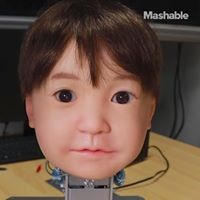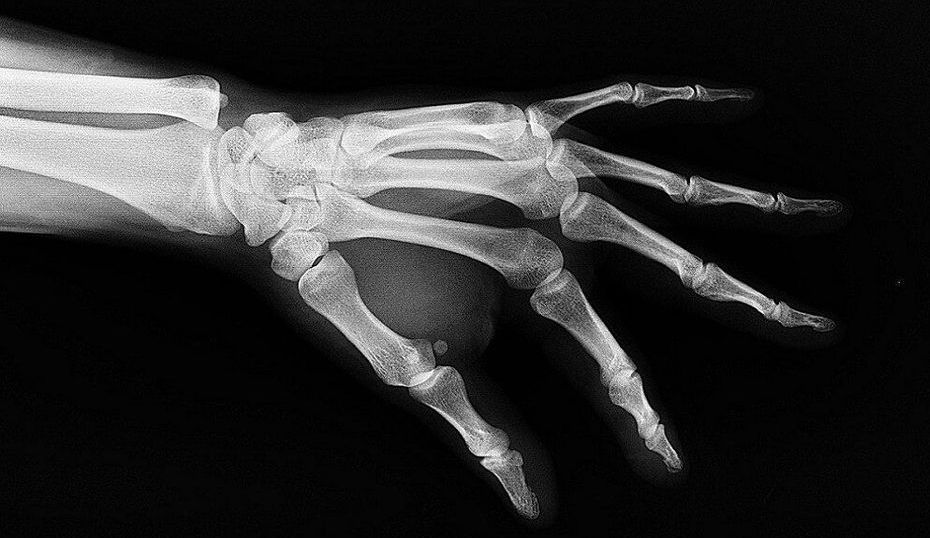Mar 9, 2020
Pet Safe provides an excellent protection shield for dogs, cats or other animals against NBC weapons using the same principal as a gas mask or protective enclosure
Posted by Quinn Sena in categories: government, military
Specializes in the sale of government and military-grade gas mask and protective clothing. Now offering Pet Safe : provides an excellent protection shield for dogs, cats or other animals against NBC weapons using the same principal as a gas mask or protective enclosure.


















